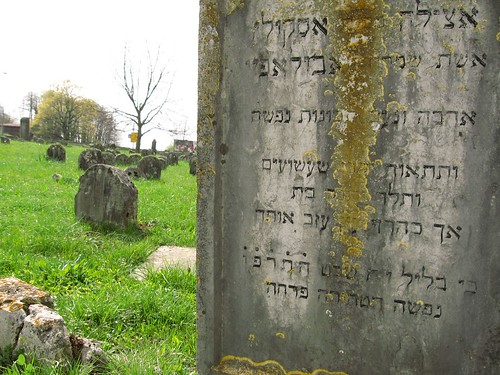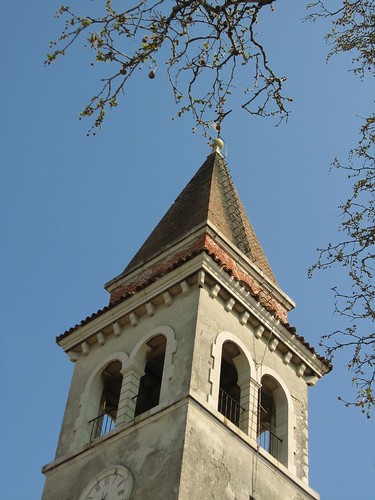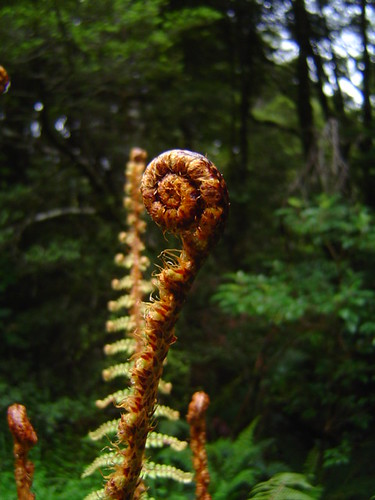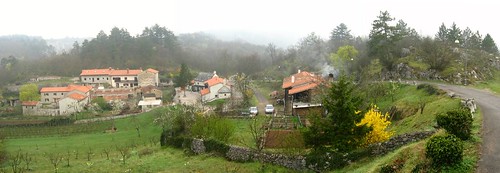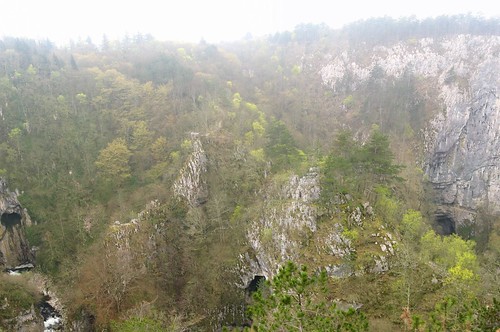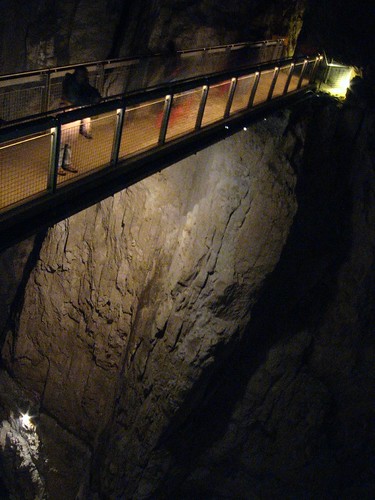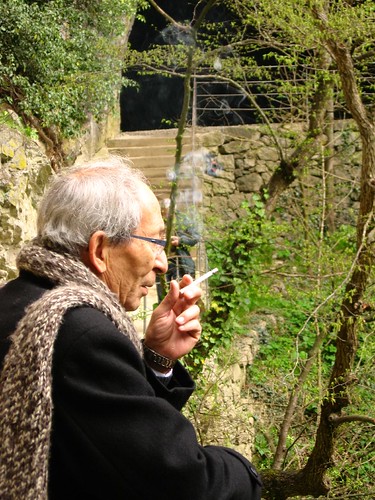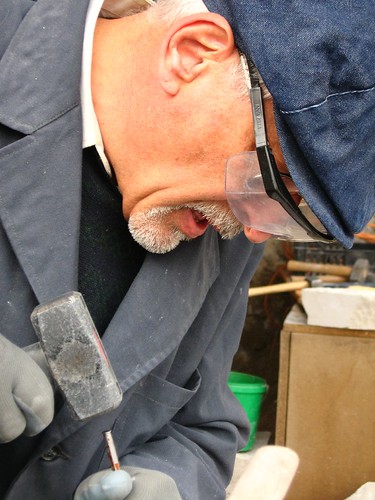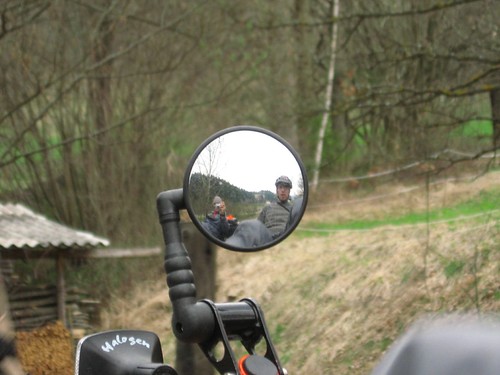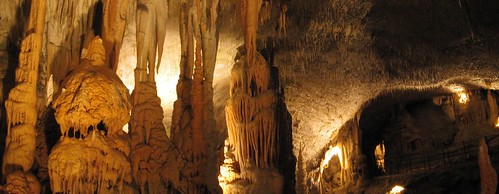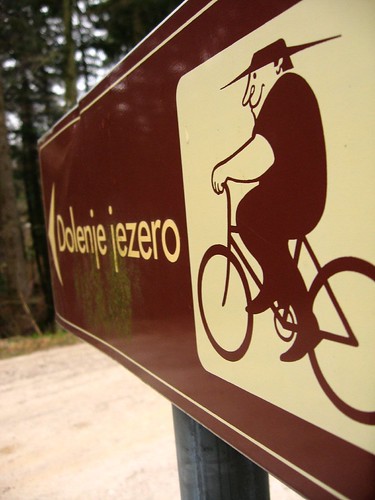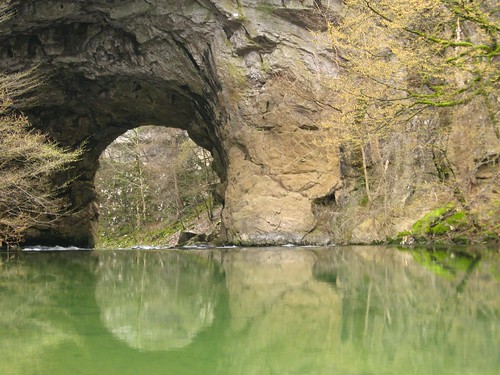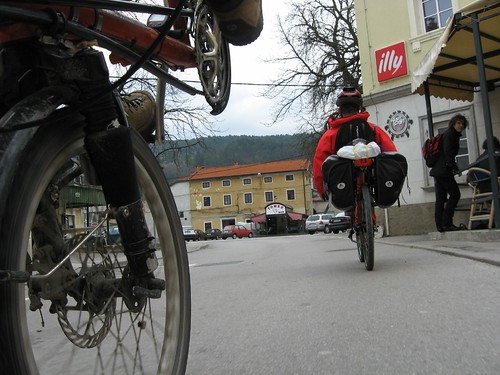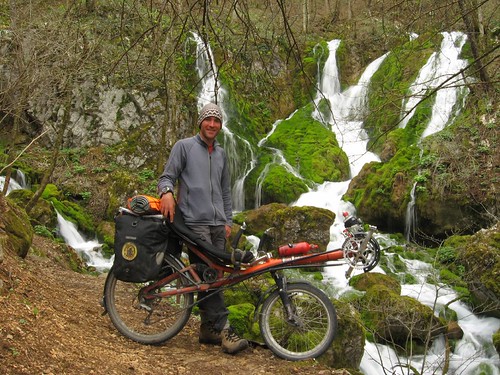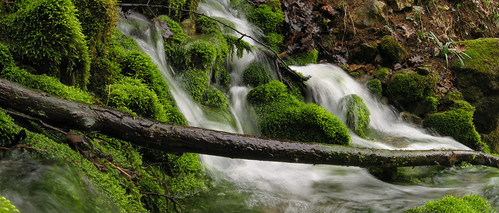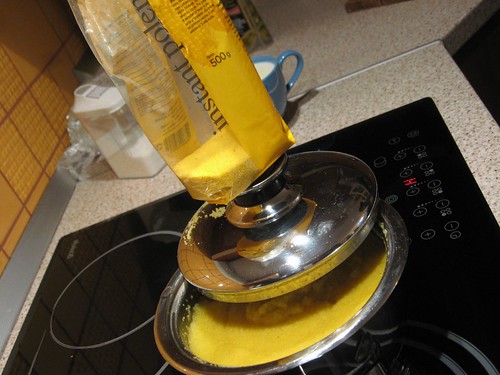A somewhat suitable end to Peter and I’s trek across the karst region of Slovenia, was a day of visiting cemeteries. We found many along our route, two of which were the resting places of more than 10,000 soldiers who died on the Socho (Isonzo) Front in Slovenia during the First World War from 1915 to 1917.
In the Brje pri Komnu cemetery, 2,400 soldiers who died in the Brje military hospital are buried. In the Gorjansko cemetary 10,000 soldiers of various nationalities are buried.
In Nova Gorica, we visited an old Jewish cemetery. Unlike the other two cemeteries, this one is not sign posted, and there is no obvious path to the entrance. It seems almost forgotten.
On a lighter note, we had our hardest climb of these four days today. 150m pretty much straight up. The church at the top made for a good reward for the hard work.
And how’s this for a big bridge? The biggest stone arch in the world in Nova Gorica. This arch has been destroyed twice, but has also been rebuilt twice. Jolly good.
Like all good things, our trek over the karst by recumbent bike had to come to an end. Peter escorted me to the border with Italy and we said our farewells.
I feel very privileged to have cycled with Peter for these four days. He is very well learned on the history and geography of the region, and a pleasure to be with. I had become accustomed to being able to forget about the cycling, and just enjoying the surroundings – something that is hard to do when you have no one to talk to on the road.
For Peter’s version of events, take a look here. In Slovenian, but he takes great photos.
So thank you Peter for taking the time to cycle with me in Slovenia. Thank you for arranging accommodation and connecting me with interesting people along the way. I hope we can cycle together again one day. Perhaps in New Zealand even?
Fern frond on the West Coast of New Zealand







